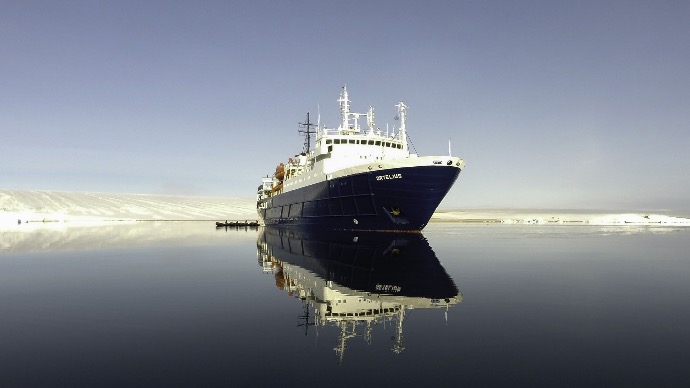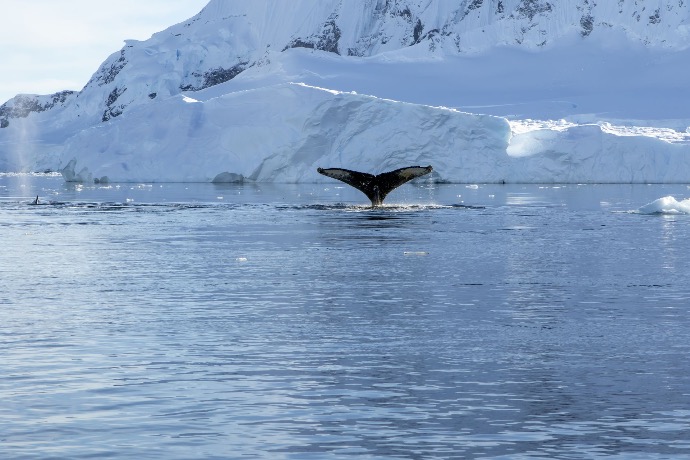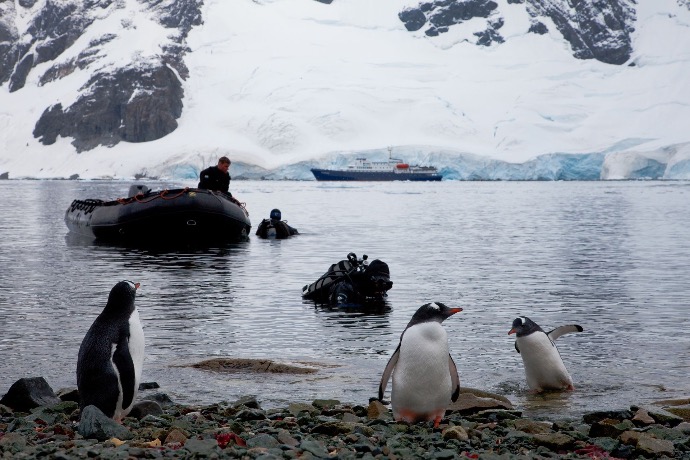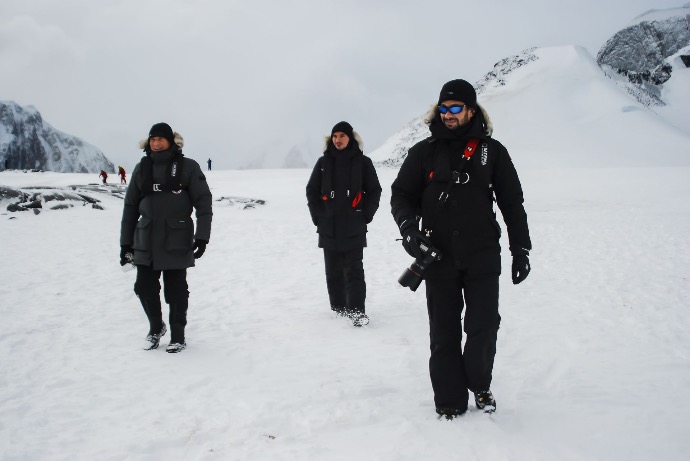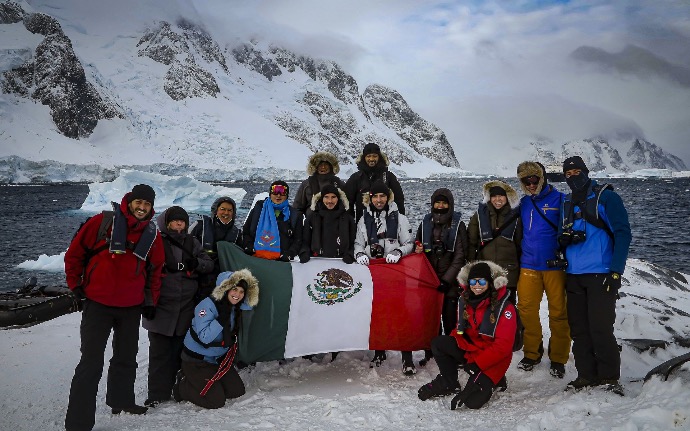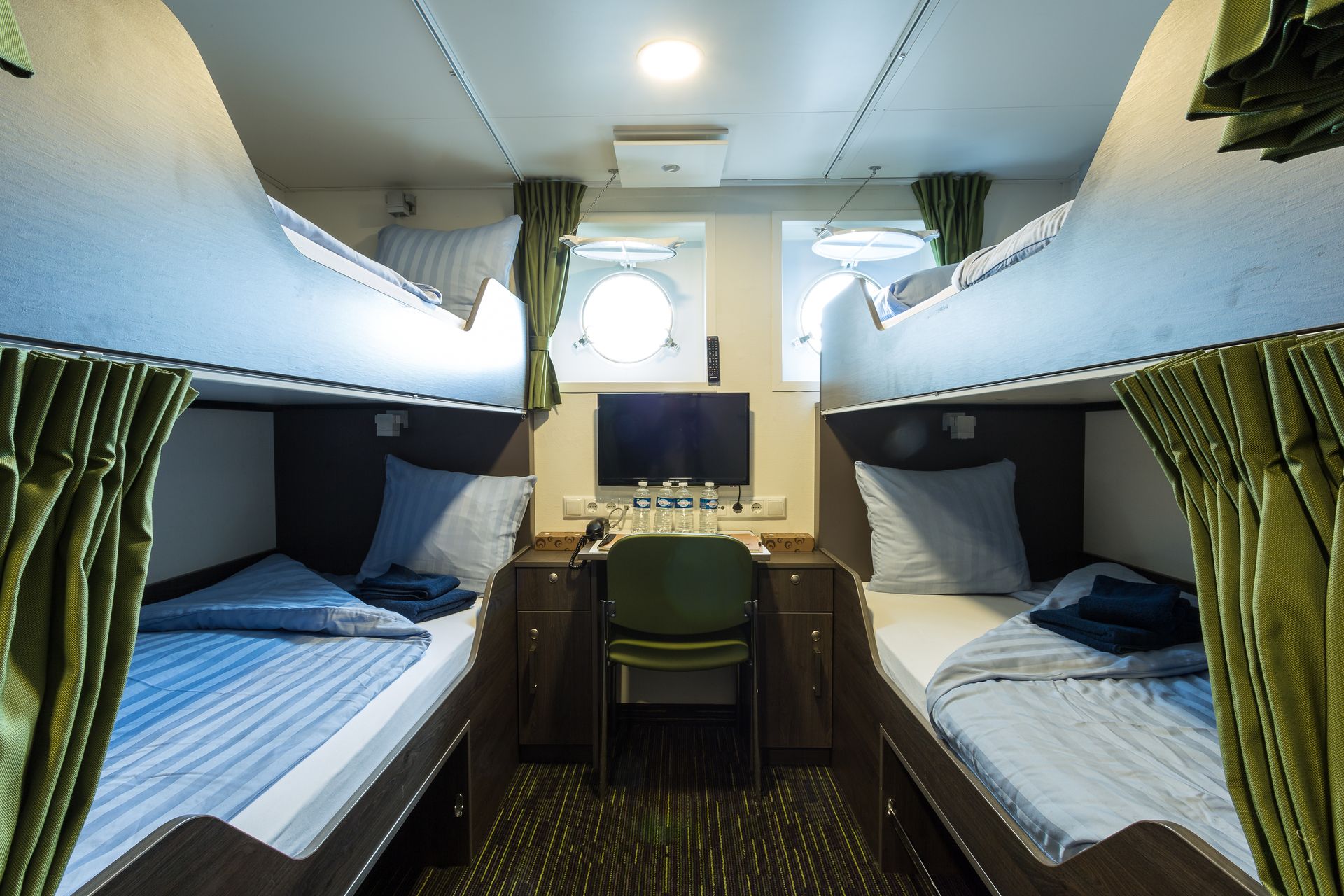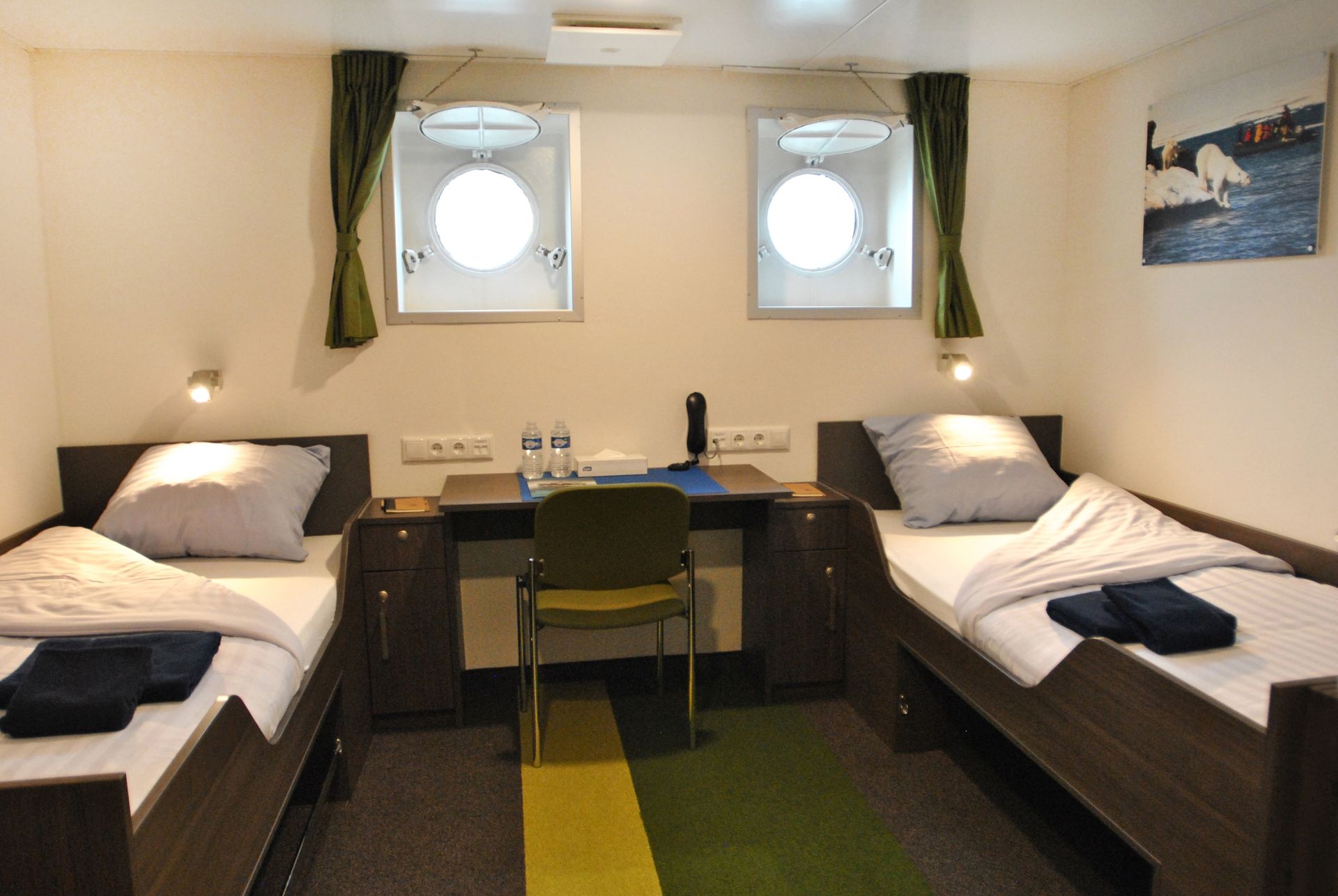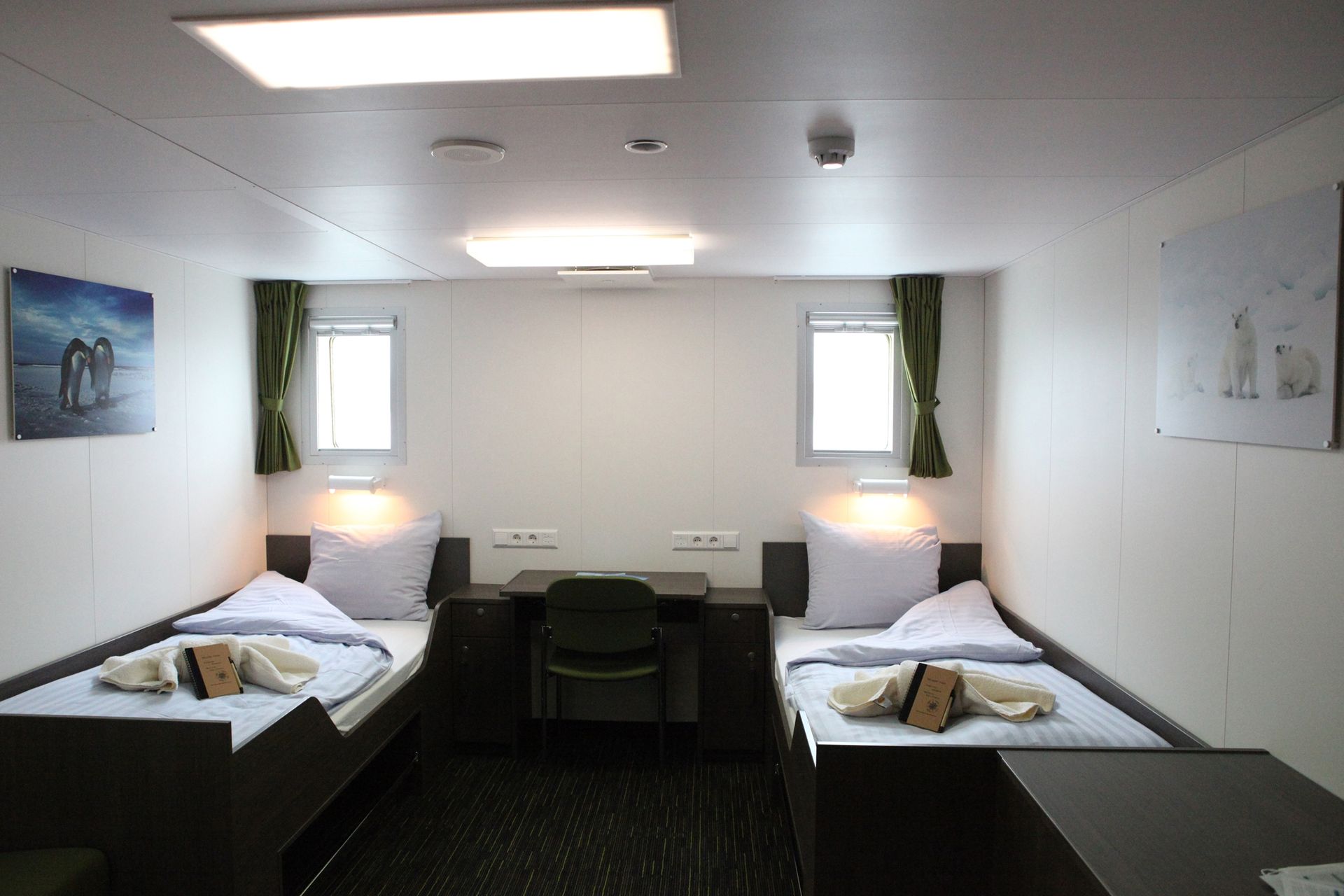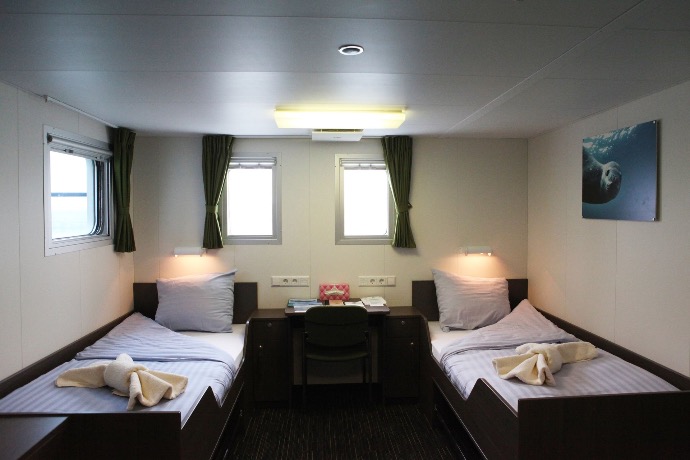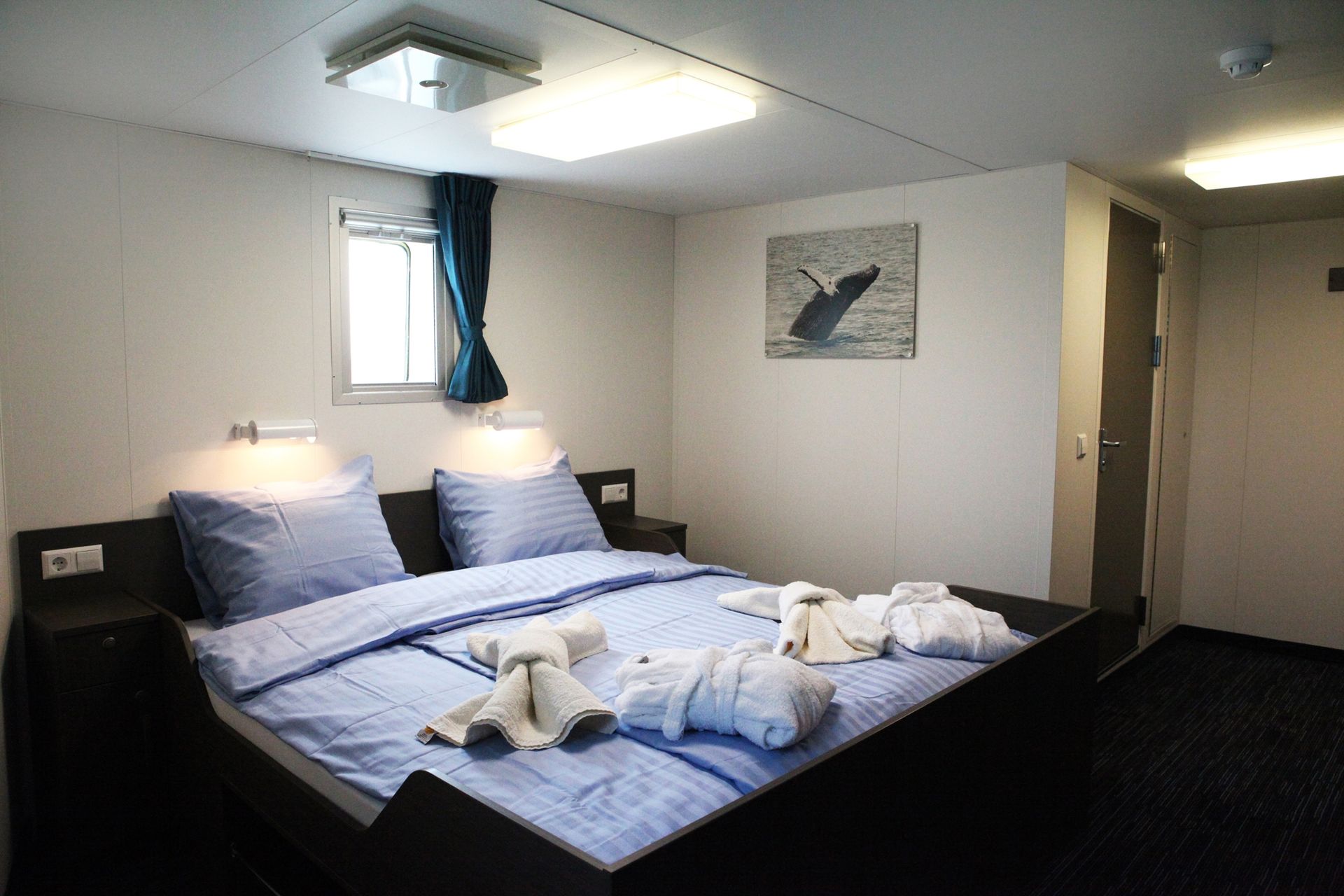Weather
In Antarctica’s Southern Hemisphere summer (December to February), temperatures are generally close to freezing, varying between -5 to 8°C (23 to 46°F). Combined with the strong katabatic winds of this area, the cold can often feel even colder. Warm and waterproof clothing (and a flexible attitude) is required. Severe weather may lead to the cancellation of landings and dives, as excursions can only take place in safe conditions.
Visibility
Ample pack ice often means flat water with clear visibility. Little pack ice can mean plankton blooms, because there is more daylight and possibility of swells. But the ice and weather conditions are different every year, so there is no way to predict them.
Currents
Water currents can be present anywhere and at any time. The dive guides will select a dive spot that is safe and also give information about returning to the Zodiacs if needed. Normally there is very little current where we dive, if any.
Diving Protocol
In normal circumstances, the number of divers per Zodiac is six passengers as well as one driver-guide. Always watch your valuable gear when embarking and disembarking the Zodiacs. Diving Operation and Vessel are not liable for the loss of individual equipment.
Dives will be made using the buddy system. The dive guide will not be in the water to accompany and lead divers. Rather, dive guides stay on the surface for the divers’ safety. Divers are expected to be experienced enough to read their compasses and depth gauges and look after each other. Buddy teams are important, so we let our divers match themselves as much as possible. In cases where divers have not paired up or are in doubt, dive guides sit with divers to discuss their expectations and experience. We try to pair people of similar interests and experience. If there is an uneven number of divers and three-person groups are not feasible, dive guides will accompany divers.
Hazards
If pack ice approaches while divers are underwater, it can be hard to see people if they surface in the middle of it. For this reason, it is important to only dive around icebergs that are hard aground or floating in water clear of brash or pack ice. Many of the dive sites have slopes or faces that go deeper than the 20 meters (65 feet) maximum limit for our dives. Divers must act responsibly and show self-discipline.
Safety
Diving in the remote polar regions is no more dangerous than normal scuba diving as long as you follow one important rule: safety first. All divers looking for dangerous stunts or deep dives are asked to refrain from this activity. There are no decompression chambers in Antarctica or the Arctic, medical care is almost non-existent, and there is hardly any infrastructure. Although we have a doctor on board the vessel for first-aid assistance, we cannot accept risky ventures from any divers.
Equipment
Once you have settled into your cabin, you will be given an area to store and hang your equipment. Every diver is expected to prepare their own equipment in advance of each dive. Bring your own spare parts for regulators and dry suits in case of leaks or damage. Divers are expected to set up and carry their own equipment in and out of the Zodiac as well as up and down the gangway.
On all diving vessels, we have a compressor and 35 steel tanks of 12 liters each (200 bar), with DIN and Yoke adaptable connections and two separate outlets. You will be provided with hard lead weights and a belt, but there are no ankle weights available. You may bring and use your own weight harness.
Please bring the following equipment and clothing yourself:
- Dry suit with hood.
- Warm undergarments.
- Pressure gauge.
- Compass watch
- Knife and torch.
- Dive computer.
- Mask, fins, and snorkel.
- Dry gloves or wet gloves/mitts adequate for sub-zero waters.
- Two freeze-protected regulators (we dive with special bottles that have two separate outlets, and we use 12L steel tanks fitted with a Y or H valve configuration and DIN or Yoke adaptable connections).
- BC with quick-release capability and sufficient lift capacity.
- Post dive clothing including a warm hat and waterproof gloves.


